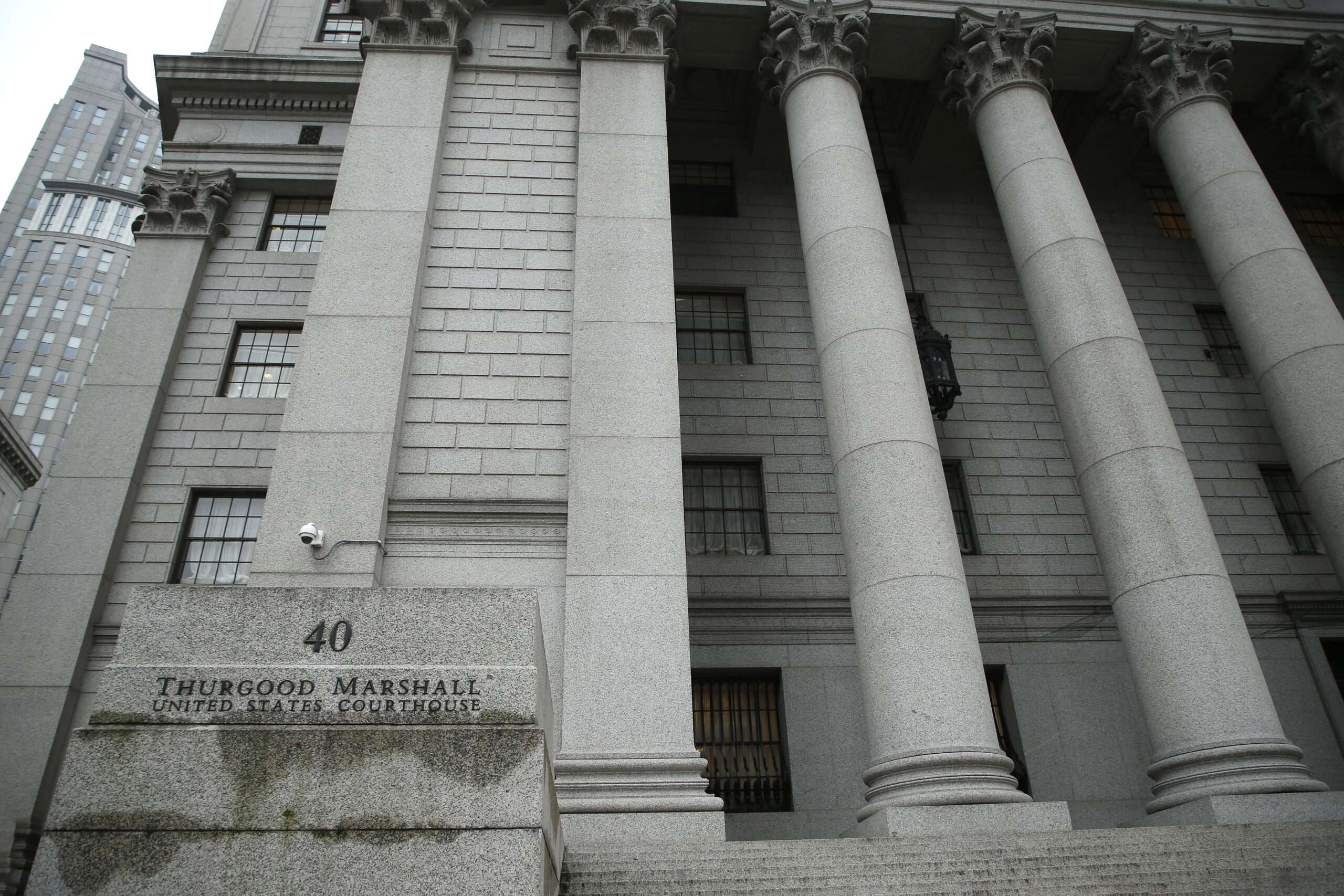A federal judge has declared that an alternative admissions program for New York City’s competitive high schools is unconstitutional if its purpose is to achieve racial balancing. Despite not explicitly using racial quotas or giving preference based on race, a new criterion was introduced in 2018 to increase the representation of black and Hispanic students, as stated in the announcement of the plan.
In a case known as Chinese American Citizens Alliance of Greater New York v. Adams (CACAGNY), the Pacific Legal Foundation (PLF) successfully challenged the expanded Discovery Program for New York City’s specialized high schools (SHSs) in the 2nd Circuit Court of Appeals. This ruling has wider implications for policies that may appear neutral but are designed to produce unequal outcomes based on inherent characteristics.
Plaintiffs filed a motion for a preliminary injunction in December 2018 against the DOE’s Discovery Program, claiming that the program’s supposedly neutral selection process disproportionately affected Asian-American applicants to the SHSs.
New York’s SHSs are renowned as top-tier institutions in the country, with admissions historically based solely on a competitive exam, as mandated by the Hecht-Calandra Act of 1972.
Critics have long argued that the SHSs do not reflect the demographic diversity of NYC’s high school student population, particularly citing the Specialized High Schools Admissions Test (SHSAT) as discriminatory. In response to these disparities, Mayor Bill de Blasio and Chancellor Richard Carranza announced the expansion of the Discovery Program in 2018 to address the issue.
However, the CACAGNY plaintiffs challenged the program’s new requirement as a form of racial balancing. Despite acknowledging the increase in offers to black and Latino students, the court ruled that the program did not discriminate against Asian-American students.
The 2nd Circuit Court of Appeals disagreed with this decision, emphasizing that intent to discriminate is a crucial factor in evaluating such policies. This decision highlights the ongoing debate over the use of race in admissions and the need for strict scrutiny of discriminatory practices.
With conflicting rulings in different circuits, the issue is likely to reach the Supreme Court for a final decision on the constitutionality of policies that aim to promote diversity through potentially discriminatory means.
Please rewrite this sentence.
Source link






